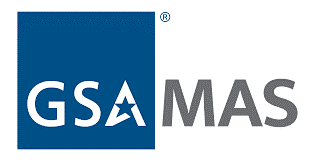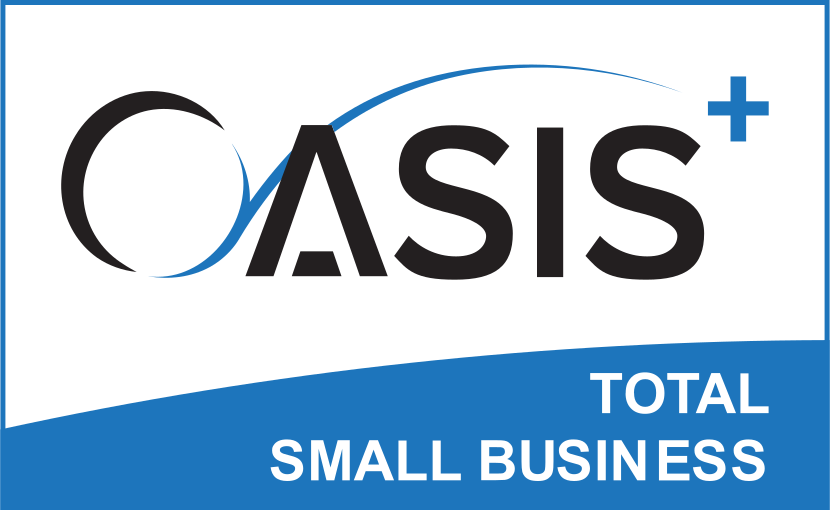As mobile adoption has grown, Federal agencies are interested in building mobile apps for their stakeholders. In 2020, 56% of total web traffic came from mobile users, according to BroadbandSearch.This shift in device usage has an entirely different set of UX/UI challenges for mobile app designers. The intersection of government and UX/UI today tells a story about positive experiences and effective interfaces for the people as they gather information and utilize services.

What are the important UI considerations of building apps for mobile?
User-Centric Design
Agencies are looking to build mobile apps that deliver news, videos, interactive content, gamification, maps identifying locations of resources, AR/VR and other innovative features. In order to build great mobile applications, mobile developers should focus on the end users and their goals. Why are they using your application? Is there a new initiative launching we wish citizens to be aware of? Or a critical health announcement? If we do not deliver the features and functionalities they seek you then can almost guarantee they won’t be back. As an example, a news application may discover that their user wants access to video, audio, and reading article content. Veterans may want the Dept. of Veteran’s Affairs app to contain a scheduling feature with a GPS map to their nearest location. Whatever the feature, laying this content out simply and easily-found should be a huge priority.
Intuitive Navigation & Clean Layout
Your mobile application may have all of the content your user wants to see, but can they find it? Being able to easily and quickly navigate to content is arguably just as important as the content itself. Government works hard to bring about policies that help citizens, but is your app effectively bringing awareness? Users do not want to be forced to search and unpack content buried within menus and links. Consider simple, clean aesthetics and a centralized navigation bar with the key items your user wants to see. Include an endless scroll so that content can be listed in a fashion most-easily consumed. You may also want to consider offering “Dark Mode”, a mode in which the mobile theme is darkened which may make it easier for nighttime viewing. This can be integrated to automatically engage with the user’s phone settings so they can navigate your application with the same background color as normal day-to-day phone tasks. Leverage user testing as much as possible to ensure a natural navigation experience.
Customization
What can you offer that other mobile applications do not? Again, it is important to identify what features and information YOUR user want. Every agency has different initiatives and services, so it’s paramount to capture your audience’s needs and expectations. For example, if users are looking for video and audio content then explore customized player features. Some examples include:
1) Overlay – Allowing the user to leave that screen or the app entirely, but the player will follow them in a minimized screen so they can continue to watch or listen to content. Federal agencies that have news video or other live streaming feeds can find this feature very useful.
2) Castplay – The ability to send your video/audio content to another device such as smart televisions, smart speakers, voice assistants, and other devices.
3) Favorite, Likes, Views, Share, Download - All of these features increase customization, revisitation, connectivity to friends and family, and serve as a way to get your content and application out into the world through social media. The download feature is also a great option for users who may have low-bandwidth or data limitations. Just as in the commercial world, federal app/website users want the ability to share content.
Graphs and Charts (Visualization)
Developing charts, graphs and maps for mobile devices on the web can create its own unique set of challenges. Generally speaking, websites and apps can look much better - if designed well - on your phone versus on your desktop. It’s important to develop to design for mobile, rather than simply copy/pasting your desktop dashboard to a mobile app. We have very limited space on mobile as compared to desktop websites. Moreover, it is important to distill the graphs down to bare bones. Consider a banking app home screen that only has the balance information, recent transactions, and maybe a few other metrics. Finally, take advantage of mobile device capabilities. Mobile has some terrific advantages over desktop including rapid screen re-orientation (portrait vs. landscape), pinching and zooming over various time periods, or isolating specific data points quickly.
Putting it all together
Going back to basic user centric design principles can help ensure that you are meeting the needs of your user base. Taking some cues from what has worked in commercial apps for increasing page views can yield huge benefits in the federal space. When we focus on the user and their goals, building navigational and layout simplicity, and create a custom experience, we can begin to make great mobile applications that users will love!




